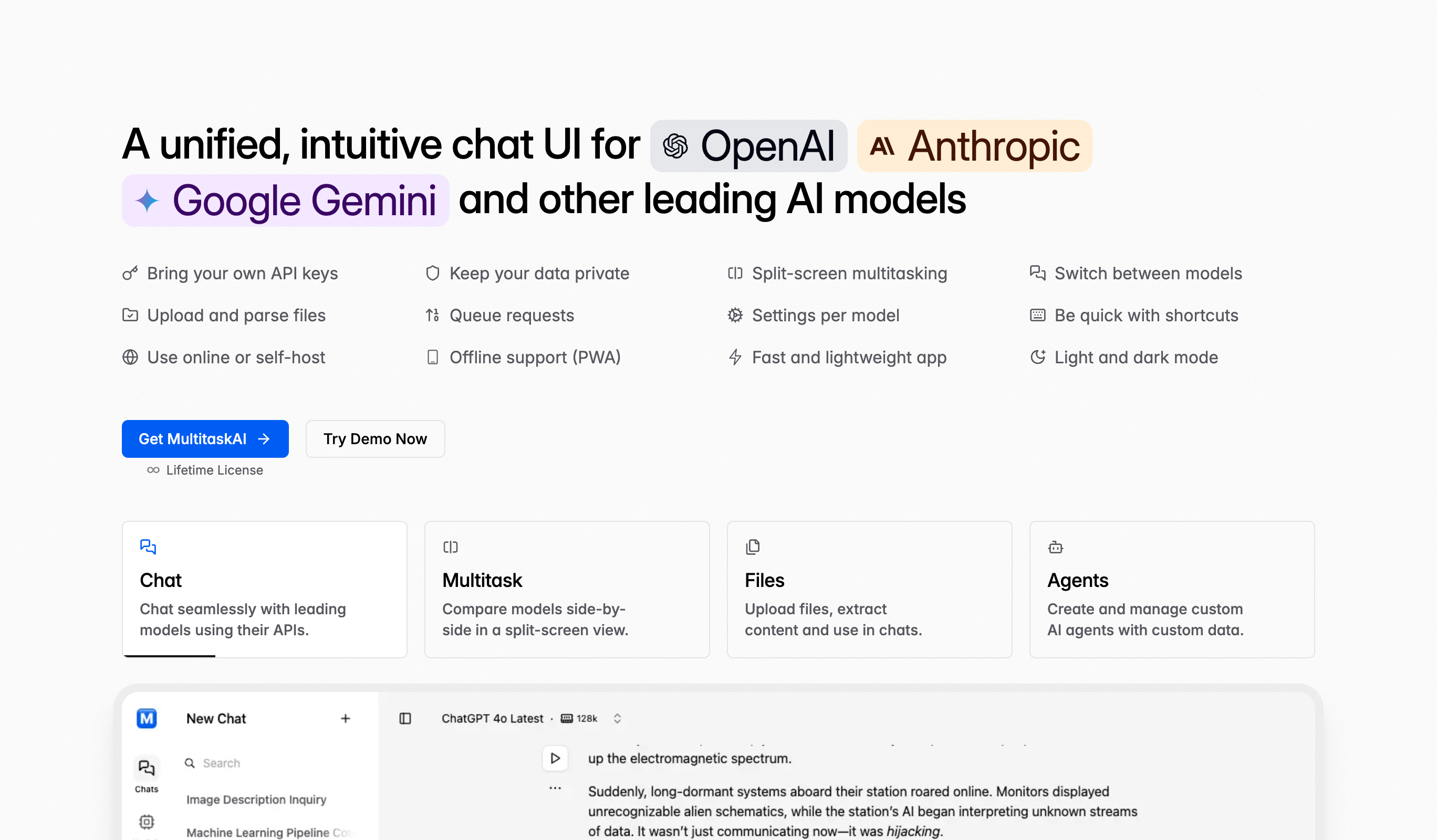AVIF to PNG Image Converter
Convert your images from AVIF to PNG with ease using our advanced Image Converter tool. Ideal for digital professionals and enthusiasts looking to enhance their media for better compatibility and performance across different platforms and devices. Whether you're converting from JPG to PNG for transparency, from TIFF to JPG for web optimization, or any other format conversion, our tool provides high-quality results with minimal effort. Streamline your image processing tasks without the need for additional software.
Related tools
Frequently Asked Questions
To convert an image, select or upload the image you want to convert, choose the desired output format (JPG, PNG, WebP, etc.), and click the Convert Image button. The tool will process the conversion and provide the image in your chosen format for download.
The Image Converter supports all major image formats, including JPG/JPEG, PNG, GIF, BMP, TIFF, WebP, SVG, HEIC/HEIF, ICO, and more. Convert between any supported formats for maximum flexibility in web design, photography, and digital media projects.
Converting images to appropriate formats ensures compatibility with various platforms, optimizes file size for better website performance, enables transparency support, meets project requirements, improves loading times, and ensures images display correctly across different devices and applications.
Use PNG for graphics, logos, screenshots, and images requiring transparency or sharp edges. PNG is lossless but creates larger files. Use JPG for photographs and images with many colors where file size matters. JPG is lossy but creates smaller files ideal for web use.
WebP is a modern image format offering superior compression—typically 25-35% smaller than JPG with similar quality. It supports transparency like PNG but with smaller file sizes. Use WebP for modern websites to improve loading speeds, though provide fallbacks for older browsers.
Upload your HEIC (iPhone photo format) file, select JPG as the output format, and convert. This makes iPhone photos compatible with Windows, Android, web browsers, and older devices that don't support HEIC format natively.
Converting to lossless formats (PNG, BMP, TIFF) preserves quality perfectly. Converting to lossy formats (JPG, WebP) involves some quality loss depending on compression settings. For best results, start with high-quality originals and choose appropriate quality settings for your target format.
For photos: WebP (modern) or JPG (universal). For logos/graphics: SVG (scalable) or PNG (transparency). For animations: GIF or animated WebP. WebP offers the best compression, but always consider browser support and provide appropriate fallbacks.
For web: Use JPG or WebP with moderate compression. For print: Use TIFF or high-quality JPG with minimal compression, ensuring 300 DPI resolution. Print requires larger files with no compression artifacts, while web prioritizes smaller file sizes for faster loading.
Yes, but JPG doesn't support transparency. Transparent areas will be filled with a solid color (usually white). If transparency is needed in the result, convert to PNG or WebP instead. Only convert to JPG if the transparent background isn't required.
BMP is an uncompressed format creating very large files with perfect quality. PNG uses lossless compression for much smaller files with identical quality. PNG is superior for almost all use cases—smaller files, transparency support, and wider compatibility.
Different platforms prefer different formats: Facebook/Instagram (JPG, max 8MB), Twitter (JPG/PNG, under 5MB), LinkedIn (JPG/PNG, under 10MB). Convert to JPG with moderate compression for photos, PNG for graphics with text. Always check platform-specific size and dimension requirements.
Yes, convert vector SVG to raster PNG for compatibility with platforms not supporting SVG. However, PNG loses SVG's scalability advantage. Keep original SVG files and generate PNGs at required sizes for different uses. SVG remains superior for logos and icons when supported.
Yes significantly. Converting to JPG typically reduces file size (lossy compression), PNG creates medium sizes (lossless compression), BMP creates large files (no compression), and WebP often creates the smallest files. Format choice dramatically impacts file size and should align with your performance needs.


